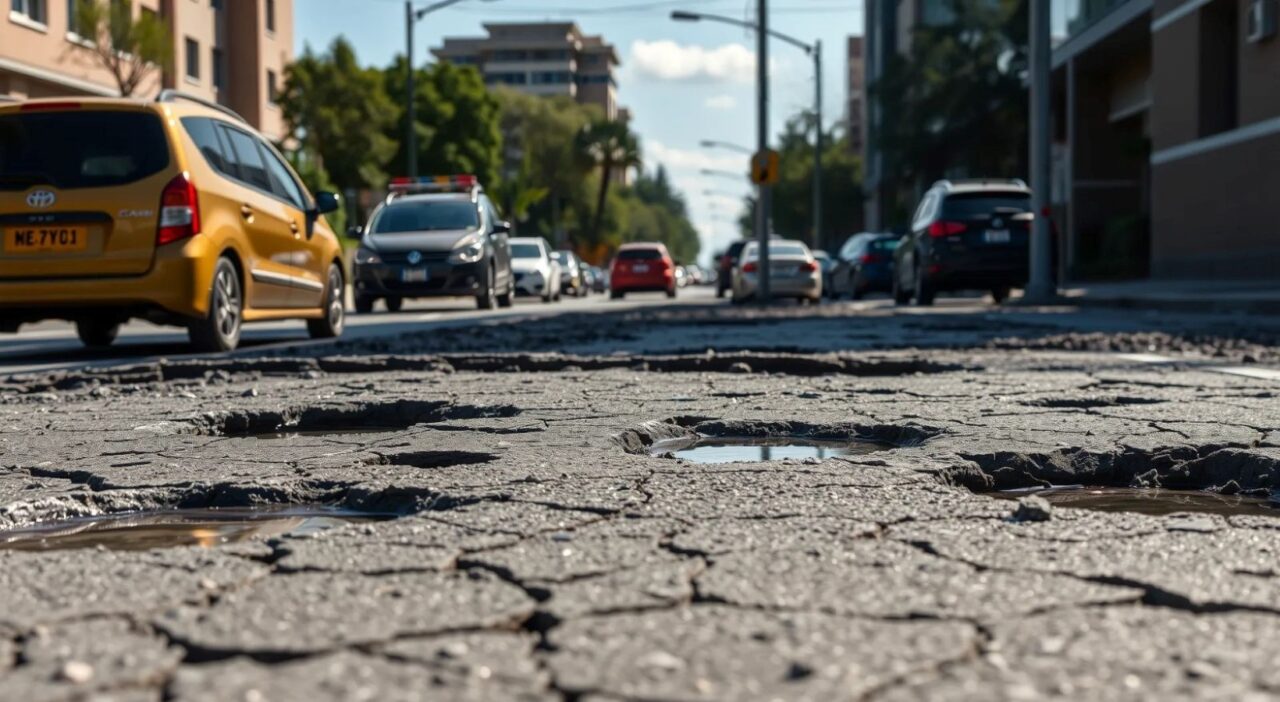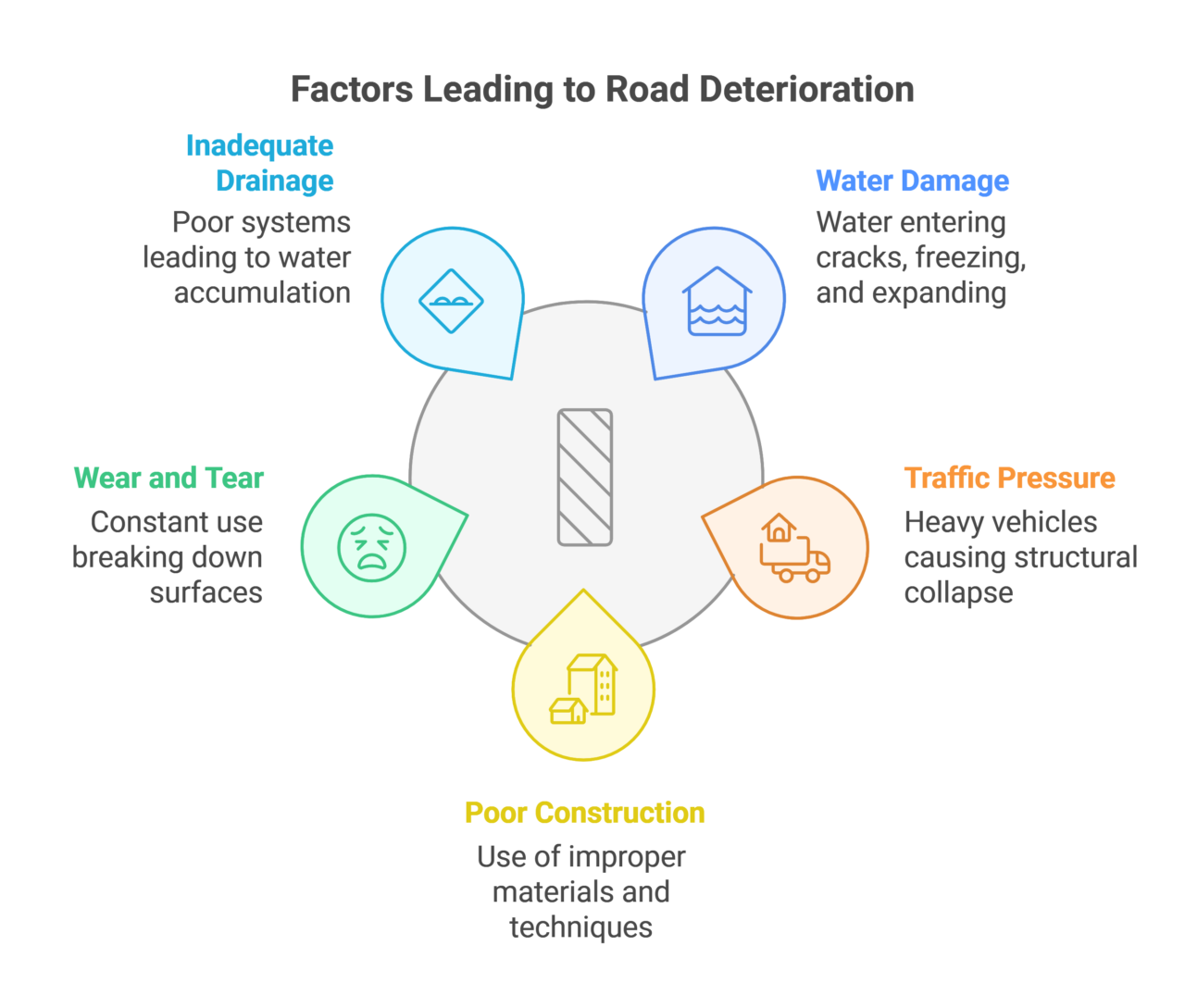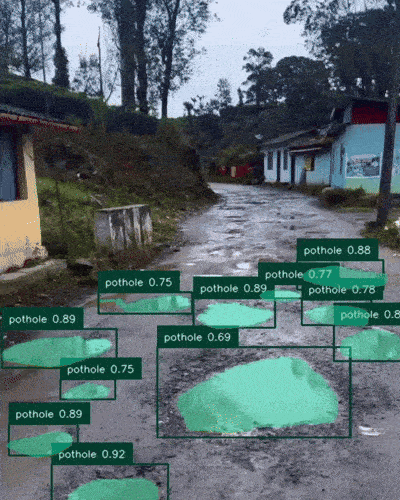
Potholes are an all-too-familiar sight on roads, causing inconvenience and posing safety risks for drivers. As cities grow and traffic intensifies, maintaining road quality has become a significant challenge. Traditional methods of pothole detection often fall short in terms of efficiency, consistency, and scalability. Enter Artificial Intelligence (AI) – a game-changer in the world of road maintenance, offering unprecedented accuracy and efficiency in pothole detection.
The Need for AI in Pothole Detection
Traditional pothole detection methods, such as manual inspections, are time-consuming, costly, and prone to errors. These methods often lead to reactive maintenance, addressing problems only after they have escalated. In contrast, AI-powered solutions offer proactive monitoring and real-time detection, enabling road maintenance teams to stay ahead of the problem.
Key limitations of traditional methods include:
- Subjectivity: Human observations can vary, leading to inconsistent results.
- Coverage Challenges: Monitoring vast road networks is labor-intensive.
- Delayed Response: Late identification often results in more extensive damage and higher repair costs.
- High Costs: Repeated inspections and delayed repairs can strain budgets.
AI addresses these challenges by leveraging automation, precision, and scalability to revolutionize pothole detection.

How AI-Based Pothole Detection Works
AI-based pothole detection integrates cutting-edge technologies to identify road damage with remarkable accuracy. Here’s how it works:
1. Data Collection
Cameras or sensors mounted on vehicles, drones or stationary poles capture high-resolution images or videos of road surfaces.
2. Data Analysis
These visuals are fed into AI systems trained to detect potholes based on patterns, shapes, and textures.
3. Real-Time Detection
Advanced algorithms process the data to identify potholes in real-time, pinpointing their exact locations and dimensions.
4. Actionable Insights
The system generates detailed reports for maintenance teams, prioritizing repairs based on severity and location.
The Technology Behind AI Pothole Detection
AI-powered pothole detection systems rely on advanced machine learning models and techniques. The main technological stack that is used to achieve this includes:
- Object Detection: Convolutional Neural Networks (CNNs) like YOLO (You Only Look Once) enable the precise localization of potholes, regardless of their size or shape. This allows for rapid identification of problem areas.
- Segmentation: Models such as the Segment Anything Model (SAM) delineate the exact boundaries of potholes. This detailed segmentation helps in accurately assessing the extent of road damage.
- Automation: Integrated systems use AI to automate the entire detection process, minimizing human intervention and ensuring consistent results.
- Integration with IoT: Combining AI with Internet of Things (IoT) devices facilitates continuous monitoring of road conditions, ensuring timely maintenance.

Pothole detection on a vehicle mounted camera
Hardware Solutions for AI-Powered Pothole Detection Systems
AI-powered pothole detection can be implemented through three main hardware approaches:
- Fixed Infrastructure Cameras: Strategically placed cameras along roadways monitor conditions and alert maintenance crews when potholes are detected. Ideal for monitoring high-traffic or accident-prone areas.
- Mobile Inspection Units: Vehicle-mounted or drone-carried cameras conduct road surveys, creating comprehensive pothole maps. Efficient for covering large road networks and accessing hard-to-reach locations.
- Vehicle-Integrated Detection Systems: Vehicle sensors detect road anomalies in real-time, providing driver alerts and collecting pothole data. Combines immediate safety benefits with crowdsourced data collection.
Fixed cameras excel in critical areas needing constant monitoring, mobile units suit large-scale surveys, and vehicle systems provide real-time safety alerts. Organizations often combine approaches based on their needs and resources.
Benefits of AI-Driven Pothole Detection
The advantages of AI-based pothole detection extend beyond just identifying road damage:
Conclusion
AI is transforming pothole detection, making roads safer and journeys smoother. By shifting from reactive to proactive maintenance, AI not only reduces costs but also enhances the quality of life for drivers and communities. As cities embrace this technology, they move closer to realizing the vision of intelligent, self-sustaining infrastructure. The road ahead is clear: with AI at the helm, the bumps on our journeys will soon become a thing of the past.
About the Author

Ann is a Senior Software Engineer at Founding Minds with nearly 4 years of experience. She specializes in both frontend and backend tasks, with her primary focus on backend Python development. Ann is skilled at creating software that works efficiently, scales effectively, and meets the unique needs of every project. Her dedication to problem-solving and delivering robust solutions makes her a versatile and invaluable asset to her team.

